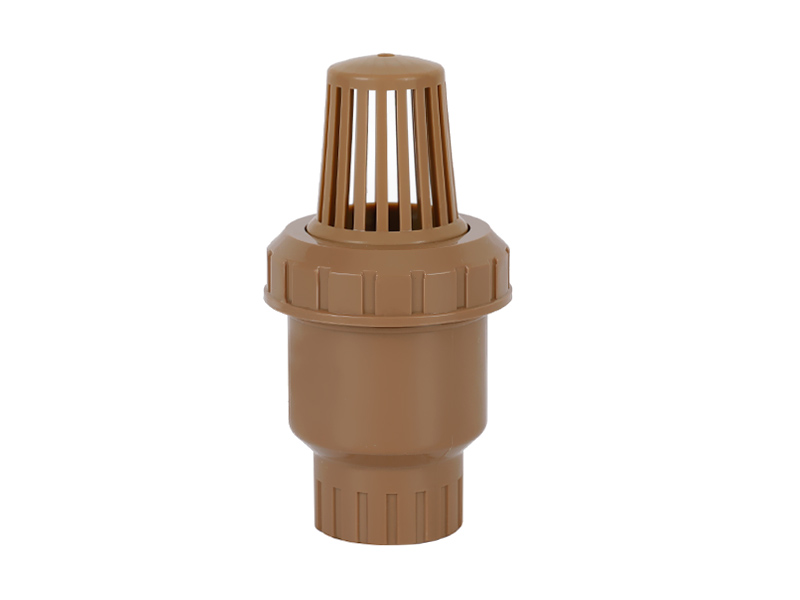How does the male ball valve design enable smooth and effortless on/off operation?
The male ball valve design is a key characteristic...
MORE >>















Advantages of Butterfly Valves: 1. Versatility and Comp […]
Advantages of Butterfly Valves:
1. Versatility and Compact Design:
Butterfly valves are known for their compact and lightweight design. Compared to other types of valves, such as gate valves or globe valves, butterfly valves require less space for installation. Their compact design makes them suitable for applications with limited space or weight restrictions. Butterfly valves are also available in a wide range of sizes, making them versatile for various flow rates and pipe diameters.
2. Quick Operation and Flow Control:
One of the significant advantages of butterfly valves is their quick and efficient operation. The 90-degree rotation of the disc allows for rapid opening or closing, facilitating fast flow control. Butterfly valves offer excellent throttling capabilities, allowing for precise adjustment of flow rates. Their quick operation makes them ideal for applications where swift response and flow modulation are required.
3. Low Pressure Drop:
Butterfly valves have a low-pressure drop across the valve body, minimizing energy loss and improving system efficiency. This characteristic makes them favorable in applications where maintaining optimal flow rates with minimal resistance is essential. The streamlined disc design of butterfly valves helps reduce turbulence and pressure losses, resulting in improved overall system performance.
4. Cost-Effective Solution:
Butterfly valves are generally more cost-effective compared to other types of valves. Their simple design and fewer components contribute to lower manufacturing and maintenance costs. Additionally, butterfly valves require less space, reducing installation costs and the need for additional support structures. Their cost-effectiveness makes butterfly valves a popular choice across various industries.
5. Corrosion Resistance:
Butterfly valves are available in a range of materials, including stainless steel, carbon steel, PVC, and more, providing excellent resistance to corrosion and chemical degradation. This makes them suitable for handling corrosive fluids or operating in aggressive environments. The choice of material depends on the specific application and the types of fluids being transported.
Applications of Butterfly Valves:
1. HVAC Systems:
Butterfly valves are commonly used in heating, ventilation, and air conditioning (HVAC) systems for controlling the flow of air, water, or other fluids. They provide efficient shut-off and flow modulation in ducts and pipes, enabling precise temperature and air volume control in commercial and industrial buildings.
2. Water and Wastewater Treatment:
Butterfly valves play a vital role in water and wastewater treatment facilities. They are used for regulating flow in pipes, controlling the flow of water, chemicals, or sludge in various stages of the treatment process. The quick operation and low-pressure drop of butterfly valves make them well-suited for water treatment applications.
3. Chemical Processing:
Butterfly valves are widely employed in the chemical processing industry. They are used to control the flow of chemicals, solvents, and corrosive fluids in pipelines. The corrosion-resistant materials available for butterfly valves make them suitable for handling a wide range of chemicals in different process conditions.
4. Power Generation:
Butterfly valves are utilized in power generation plants for controlling the flow of steam, water, or gases. They are particularly useful in applications such as cooling water systems, steam control, and fuel gas distribution. The quick response and efficient flow control of butterfly valves contribute to the safe and reliable operation of power generation facilities.


The male ball valve design is a key characteristic...
MORE >>
In today's modern world, efficient and reliable wa...
MORE >>
Copyright ©All rights reserved:Zhejiang Xier Plastic Valve Lead Co.,LTD. PVC Ball Valves Manufacturers Technical support: HWAQ  浙公网安备 33060402001174号
浙公网安备 33060402001174号

 English
English España
España عربي
عربي